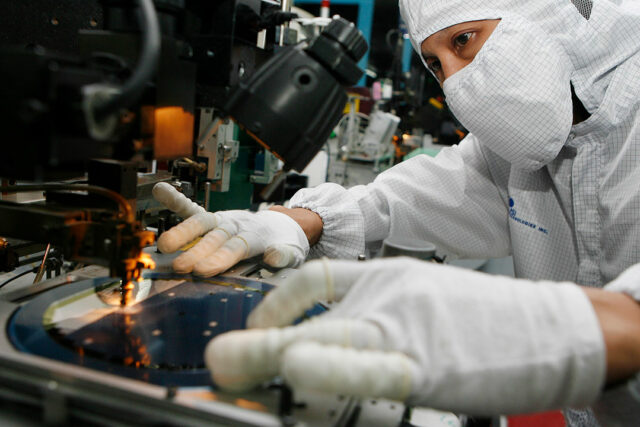By Abigail Marie P. Yraola, Deputy Research Head
NOT ALL are qualified for bank loans.
But the need for financial assistance is ever present for some people. And to address these financial needs, some individuals prefer to use lending apps.
Frankie Garcia, 52, a manager at an information technology company, and Ruby, 23, a working student, are among those who turn to loan apps when they need money.
Mr. Garcia said that people borrow money due to urgent needs, limited budgets, and sometimes delayed salaries or incentives.
In his case, he applied for loans in multiple lending apps, but these apps charge much higher interest rates than banks.
Despite this, he opted to use these platforms due to their minimal requirements, easy access, and fast approval and disbursement of loan amounts.
The same goes for Ruby, who finds instant loans from lending apps less time-consuming compared with bank loans or traditional lending.
She also appreciates its minimal requirements and convenience.
However, sometimes this proves otherwise.
Robert Dan J. Roces, chief economist at Security Bank Corp., said that online lending platforms in the country have been growing alongside the increasing popularity of online commerce.
“However, while they offer quick and convenient credit, the higher interest rates, attributable to the ease of accessibility, can lead borrowers into debt traps,” he said.
He suggested that it is important for regulators to find a balance that promotes innovation through measures like interest rate caps and transparent disclosures, while also safeguarding consumers through financial literacy campaigns.
REGULATORY COMPLIANCE
According to the Securities and Exchange Commission (SEC), the regulatory agency supervising the corporate sector, there are 140 recorded online lending platforms (OLPs) in the country which are allowed to operate and be used for online lending.
The list (https://tinyurl.com/298jrxdc) helps borrowers in making informed decisions by ensuring that they choose authorized OLPs.
These platforms are required to comply with its Memorandum Circular (MC) No. 19 series of 2019, mandating the (1) disclosure of necessary information in their advertisements and OLPs; (2) registration of all their OLPs as business names; and (3) reporting to the SEC of all their existing and/or prospective OLPs within the prescribed period.
Noncompliance or submission of false or fraudulent information may result in fines, suspension of lending activities, or revocation of the certificate of authority to operate as a financing or lending company.
“The continuous rise or operation of unregistered OLPs can largely be attributed to the lack of consumer understanding regarding the significance of borrowing from platforms that are registered and licensed and the need to cater to their financial needs,” SEC said in a Viber message.
Given this, the SEC actively monitors the lending companies, encouraging responsible lending practices and fair competition among platforms through clear guidelines and oversight to ensure consumer safety and transparency.
It prioritizes consumer education programs to enhance borrowers’ financial literacy and decision-making abilities.
The SEC explained that compared with conventional lending, digital lending platforms — or OLPs — cater to a wider range of borrowers by providing quicker and easier access to loan applications.
“Although both digital and traditional lenders are subject to regulatory scrutiny, the laws governing online lending are continually changing,” the SEC said.
According to the regulator, there are various reasons why people would opt to use lending apps even if some platforms charge exorbitant interest rates.
These digital lending companies offer quick approval and fund disbursement, which is crucial for addressing emergency financial needs.
Also, these lending apps have less stringent standards which allows them to serve borrowers with limited credit history who are not qualified for regular bank loans.
“As its core, digital lending platforms differentiate themselves by leveraging automation and proprietary algorithms to streamline the decision-making process,” Ryan Carlos T. Pahignalo, data protection officer at Digido Finance Corp., said.
Digido is part of the Singapore-headquartered UnaFinancial Group (formerly Robocash Group).
Compared with traditional lending in which process executions take longer, interaction between the lender and borrower is significantly cut when it comes to digital lending.
Mr. Pahignalo mentioned that lenders offering credit options, such as digital lending apps, cooperatives, and banks, use different scoring and risk models.
As a result, they vary in terms of interest rates, amount of credit provided, and methods of disbursement.
UPSIDES AND DOWNSIDES
Borrowers apply for loans at conventional lending institutions and encounter lengthy processes and waiting times, uncertainty, personal inquiries, credit checks, and extensive documentation requirements. What is supposed to be a quick transaction may turn out to be a challenging process for borrowers.
“Employing the point of view of borrowers, services of digital lending platforms are advantageous to them because human interaction is reduced to bare minimum,” Mr. Pahignalo said.
In digital lending apps, procedures are already digitally streamlined to make it seamless for the borrower. And borrowers feel they are in control and dignified knowing they can access credit even with limited documentation available.
Digital platforms provide quick processing timeframes, allowing borrowers to apply for loans online anytime and from any location. However, without appropriate security measures, borrowers using online platforms risk identity theft and data breaches, SEC said.
Regulatory uncertainty raises concerns about consumer protection and compliance.
For Digido’s Mr. Pahignalo, borrowers may perceive digital lending as impersonal, significantly reducing human interaction.
“Platforms may make errors in processing loan applications due to some inherent technical limitations, especially when data submitted is inaccurate, of poor quality, or cannot be verified with available technical resources and tools,” he said.
HIGH INTEREST RATES
For working student Ruby, she avoids lending apps that charges with high interest rates for it is costly.
This was also the case for Mr. Garcia who said that at first, some lending apps’ advertisements were misleading and interest rates were high.
He advised that when choosing a lending platform, one should consider factors such as low interest rates, long repayment terms, and high loanable amount, as well as its minimal requirements and fast approval.
For various reasons, people often opt to use lending apps instead of traditional bank loans, even if some platforms charge higher interest rates, the SEC said.
The regulator highlighted that it is important for borrowers to be aware of the risks associated with different lending arrangements and that regulatory oversight is crucial in addressing these concerns and ensuring consumer protection.
SEC also said that it seeks to enable borrowers to make informed financial decisions and protect themselves from potential risks associated with varying interest rates by promoting consumer education and awareness.
“When choosing a preferred lender, we advise borrowers to carefully consider all available options and ensure they understand all costs associated with a loan,” Mr. Pahignalo said.
He also added that interest rates are just among many factors to consider but it is not the ultimate measure.
“Interest rates are always risk-based and can be a good indicator of risks, financial position of the borrower as viewed by the creditors, and/or liquidity of the debt,” Mr. Pahignalo said.
REGULATORY MEASURES
But not all lending platforms provide “comfort” and have a good corporate reputation. In some cases, borrowers appear to fall trapped by illegal and predatory lending apps.
The SEC uses several strategies to stop predatory lending activities and safeguard borrowers in the lending sector.
Among these regulatory measures are the implementation of Financial Products and Services Consumer Protection Act (RA 11765) and its rules and regulations, the licensing and monitoring institutions to ensure transparency of their loan products and overseeing their compliance with laws and regulations.
“Institutions that violate the law may face fines, penalties, or license suspension or revocation as enforcement measures,” the regulator said.
For Digido’s Mr. Pahignalo, he said that regulators have been active in cracking down unauthorized and abusive online lending activities.
“The [central bank] has implemented measures to protect borrowers against predatory lending practices while encouraging a vibrant and dynamic credit market,” Mr. Pahignalo said.
The SEC said that giving regulatory advice is one way to assist lending platforms in adhering to compliance standards and conducting business openly and legally.
“By fostering competition and innovation in the lending sector and providing capacity-building initiatives to improve platform operators’ competencies, the SEC fosters market development,” SEC added.
The regulator also works with consumer advocacy organizations, business associations, and governmental organizations to address issues and gather input as stakeholders is crucial in these efforts.
CREDIT BEHAVIOR
“Consumers’ attitudes toward credit applications are influenced by things including need, ability to pay back debt, and knowledge of alternative options,” SEC said.
To understand the borrowing habits of Filipinos, one should consider the socioeconomic factors and personal preferences that influence their credit decisions.
For Mr. Pahignalo, as inflation surges and stagnating salaries continually affect ordinary Filipinos, especially low-income earners, it is reasonable to expect that demand for formal credit will continue to rise across all socioeconomic segments.
Based on Digido’s data, borrowers apply for loans primarily as supplementary capital for small to medium business, assistive funding for bills, education, medical expenses, and tech upgrades.
“The period of online loans being primarily used for emergencies is over,” Mr. Pahignalo said. “Regardless of the underlying reasons of the borrower, we always espouse to them our belief in responsible borrowing.”
In a survey by consumer finance firm Digido, it showed that formal credit options have been more accessible for Filipino consumers in 2023.
By type of formal credit, personal loans were the highest formal credit choice, followed by BNPL (Buy Now, Pay Later), credit cards and then business loans.
The report also showed other data like the application process of credits and the behavior of borrowing from both formal and informal sources, among others.
“Aside from high perception of access, data from our commissioned survey is indicative of customers’ sustained trust of formal credit options — personal loan services in particular — for various use cases,” Mr. Pahignalo said.
He also added that borrowers who turn to informal sources may face higher interest rates from unregulated entities and be vulnerable to predatory lending and abusive collection practices.
“This signals to us that the consumer lending industry needs to continue efforts to mainstream the availability and viability of accessible formal credit options such as duly registered digital lending platforms,” he said.
For the Bangko Sentral ng Pilipinas (BSP), the formal credit market in the Philippines remains dynamic and multifaceted with banks, nonbank financial institutions and government lenders providing credit-related services to the diverse financial needs of Filipinos.
The BSP added that most Filipinos obtain loans from banks, which are the main credit providers in the domestic economy.
Banks offer a wide range of loan products through traditional and digital platforms, with flexible payment terms and market-driven interest rates for individual borrowers.
The central bank also added that other retail credit providers include nonbank financial institutions such as lending corporations, microfinance institutions, credit cooperatives, and government lenders.
“The latest results of various BSP surveys also point to increasing consumer loan demand driven by income and employment,” the central bank said.
There is an extensive list and wide range of credit providers in the country; one must pick or apply for a loan that aligns with their interest and needs and with the ability to repay on time.

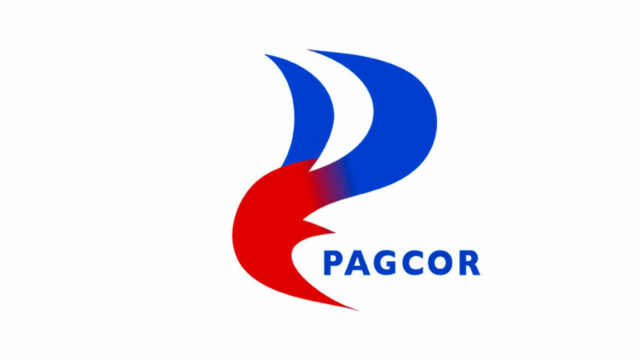









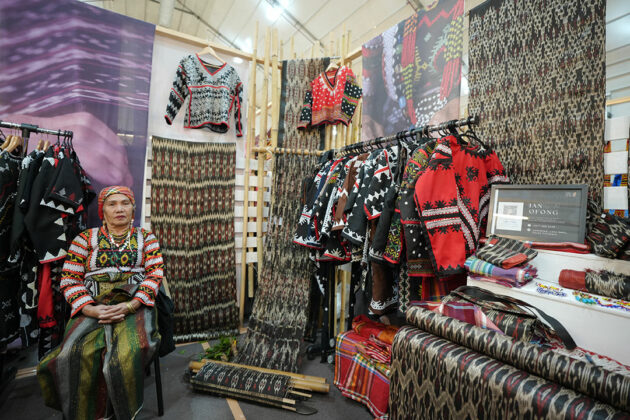



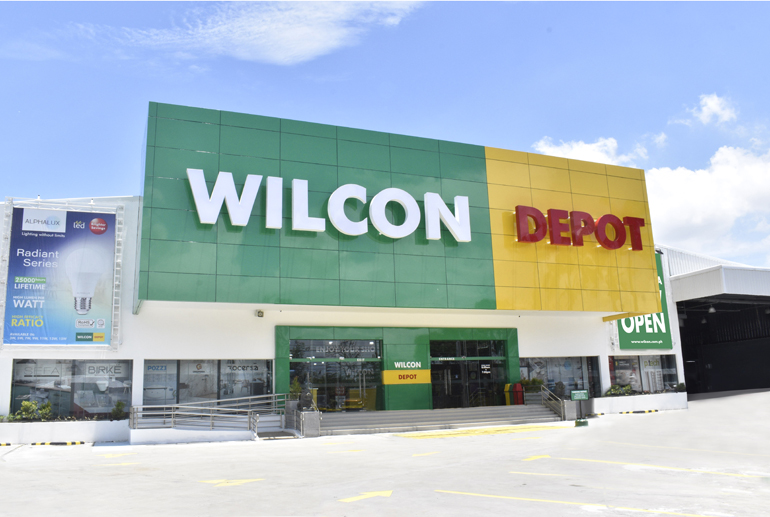

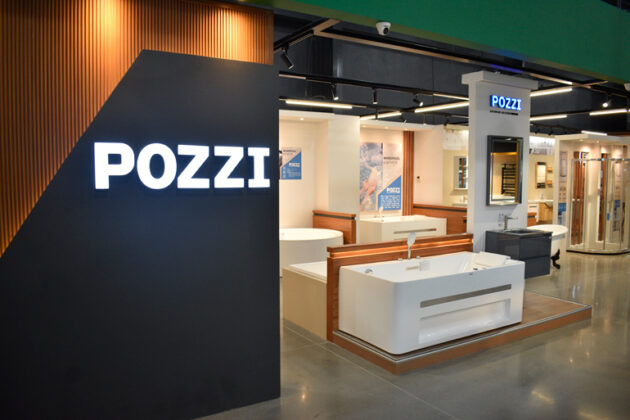


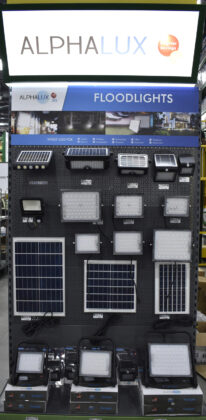




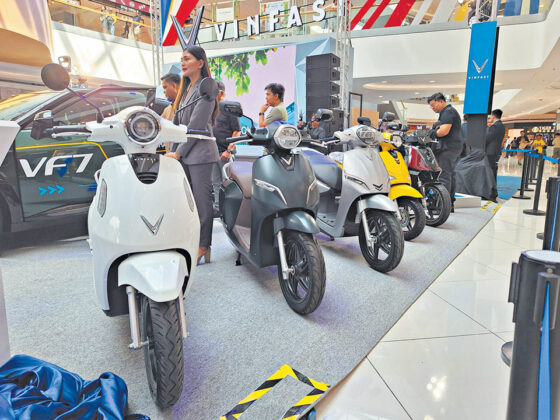

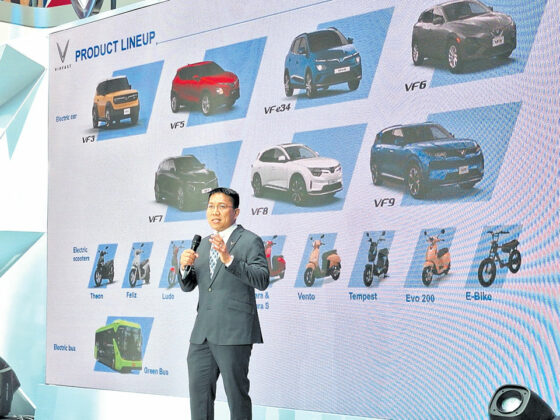


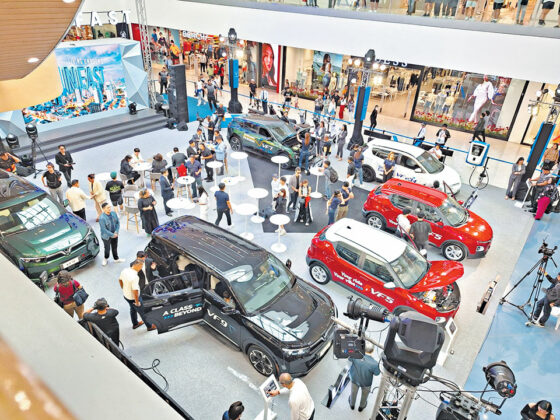

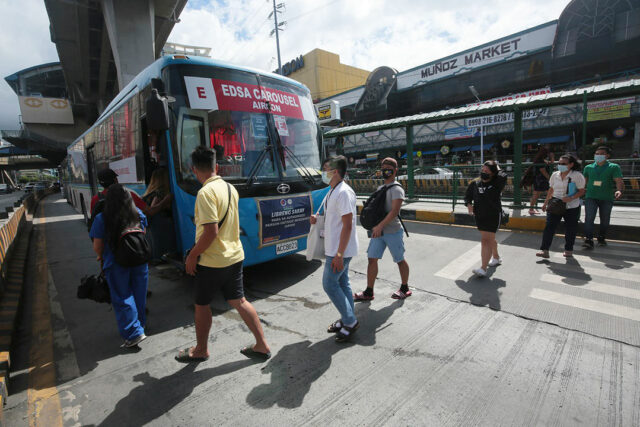


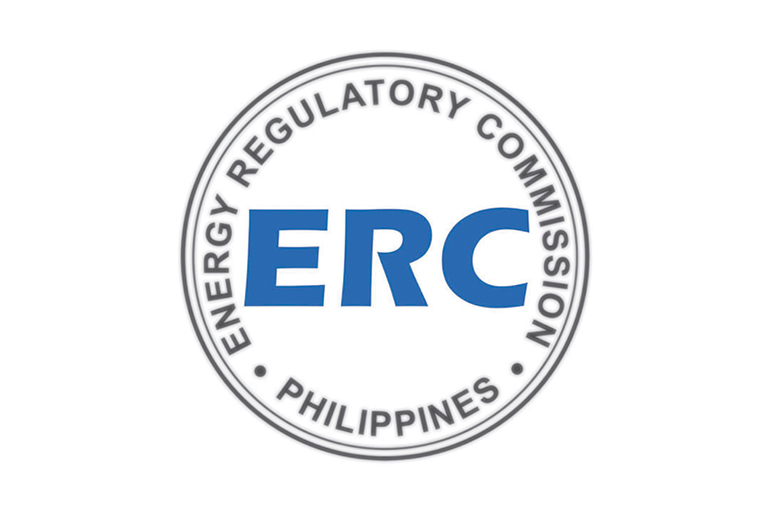 Secured platforms
Secured platforms